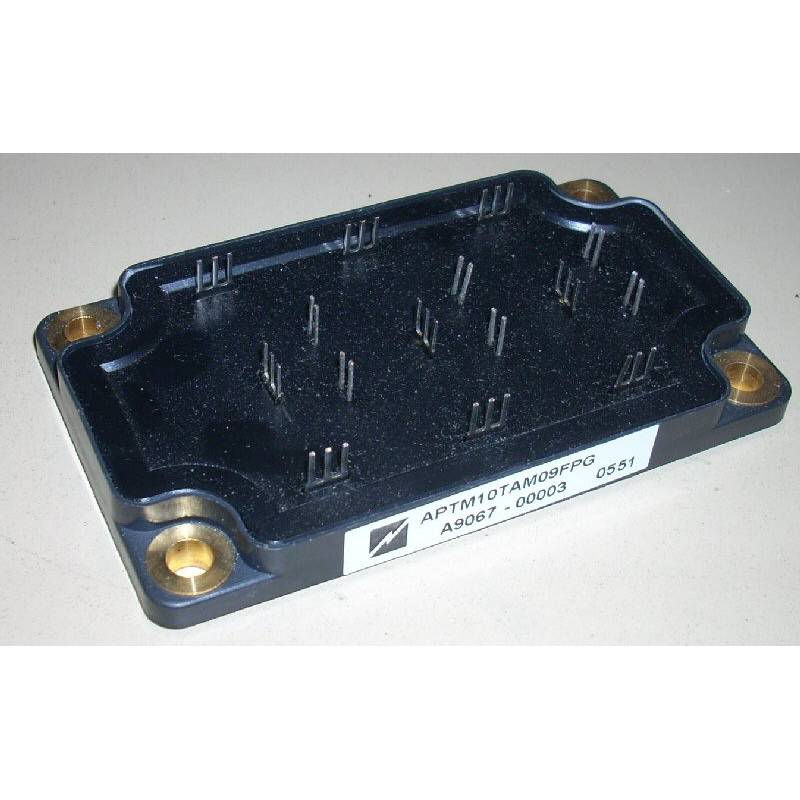

So, when you've done that, then you can double-click on this file buck.asc which will open the file in LTspice, and that file contains the circuit schematic. From this Coursera website, you can also download a zip file containing the buck converter circuit files for this example. From there, you can download free copies of the software either for Windows operating system or for the Macintosh operating system. To get started, what you should do is follow this link to the LTspice website. Also in red, here is a plot of the inductor current waveform during the same turn-on transient. The green wave form here is the output voltage that it computes, it goes through some turn-on transient and eventually settles down to a DC voltage that is approximately for the buck converter approximately equal to the input voltage multiplied by the duty cycle. So, here is a turn-on transient of a buck converter where the output starts at zero. Then, SPICE can numerically calculate things of interest in the converter such as the waveforms in a transient analysis, as well as other things like frequency analysis plots.


Here's an example which we're going to talk about in this lecture. Since then, there have been many commercial implementations of it, and one of them LTspice is freely available now and I think works very well. SPICE is a program that was originally developed at UC, Berkeley in the 1960s.



 0 kommentar(er)
0 kommentar(er)
